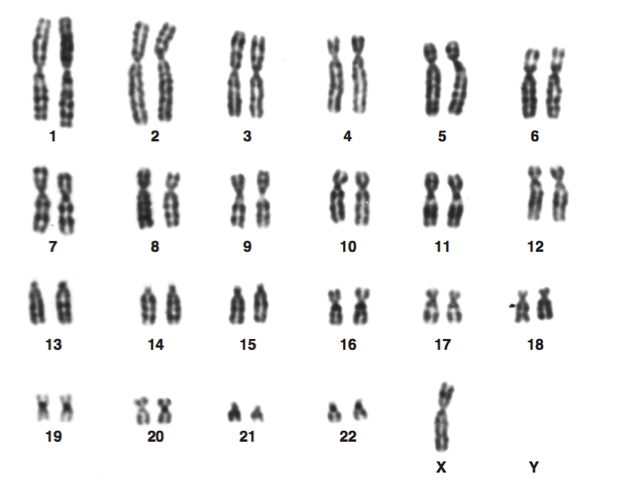4.
A zoology student studying mollusks found that some snails are hermaphrodites and they reproduce both by self and cross-fertilization. They have a gene of coiling pattern of shells on their back. The shell coils it either in left handed or right handed manner. The allele of right- handed coiling is dominant over left-handed coiling. Consider two snails A and B having homozygous genes for left handed and right handed coiling respectively, showing cross fertilization. The progeny of A and B shows, self- fertilization to produce, left handed coiling in -


